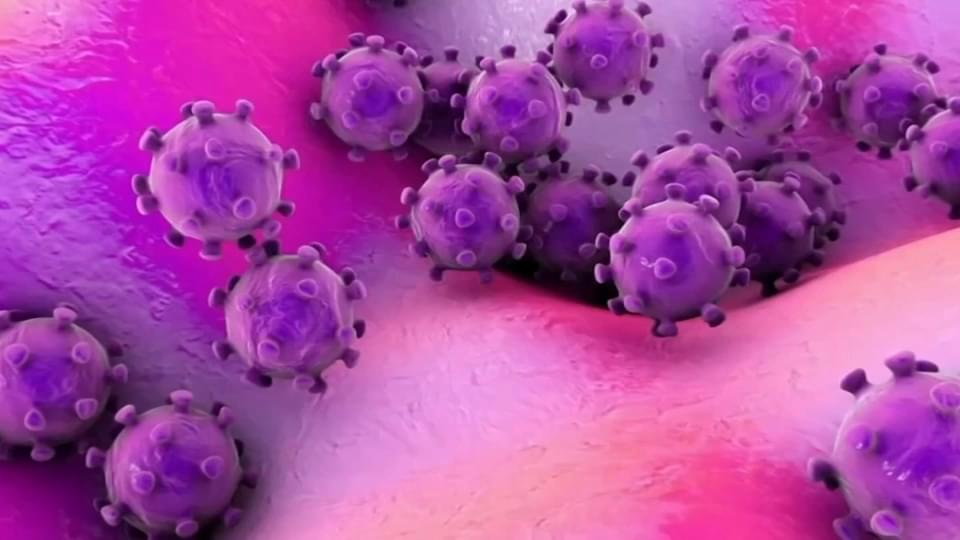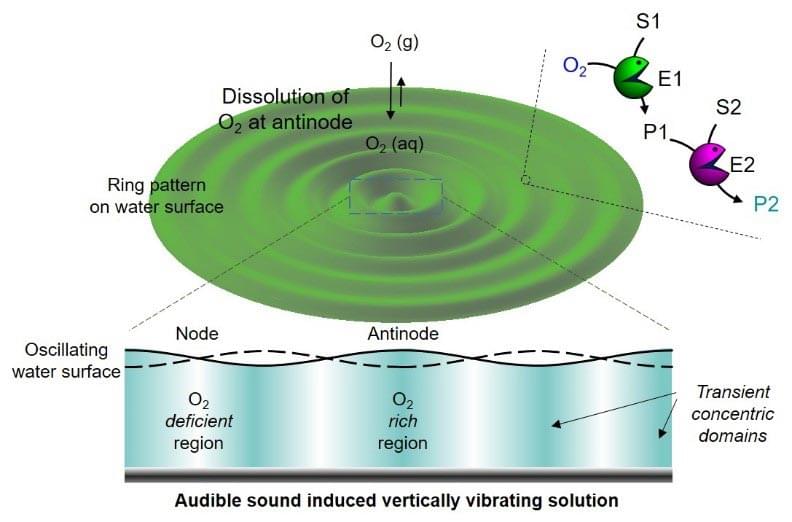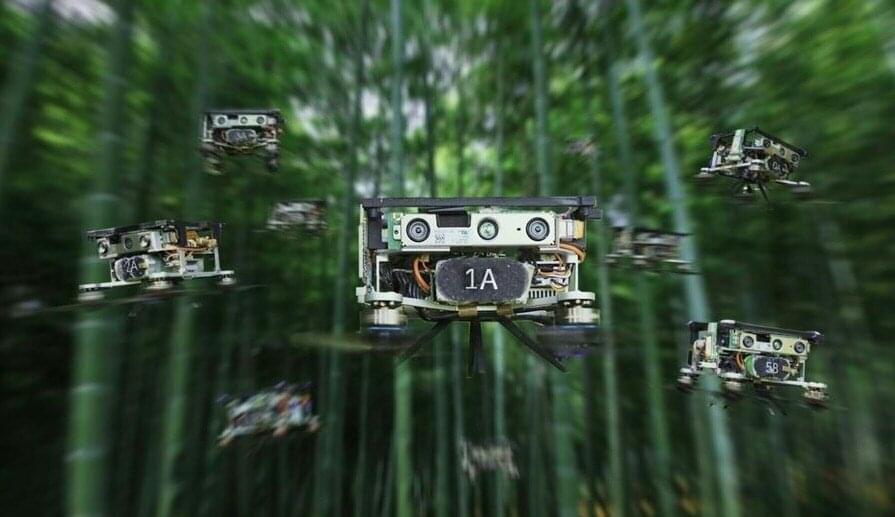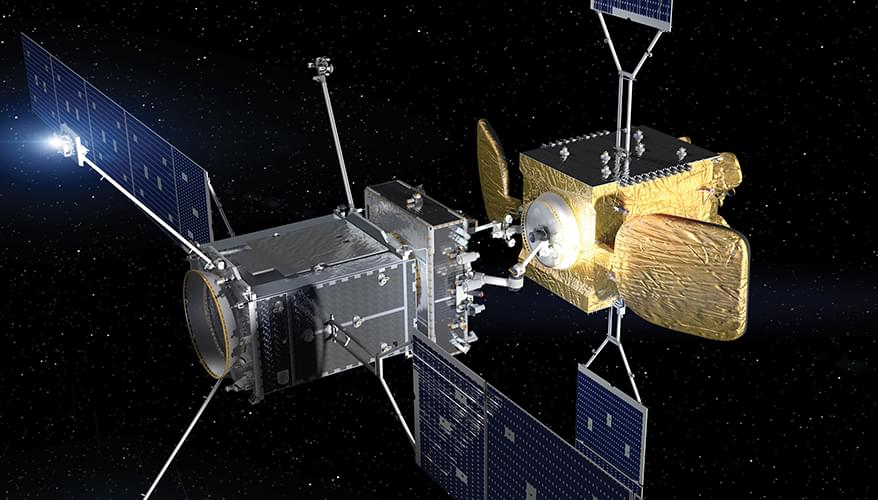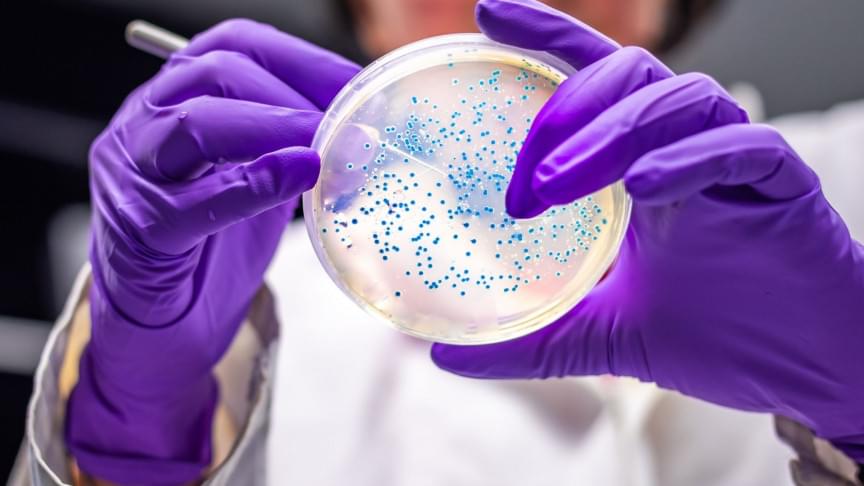May 8, 2022
As New Omicron Subvariant Spreads, Here Are the Symptoms to Watch For
Posted by Quinn Sena in category: health
The BA.2 omicron subvariant still remains the dominant COVID strain across the U.S., but another subvariant has gained momentum in recent days.
BA.2.12.1, which health officials say appears to be up to 27% more contagious than BA.2, accounts for approximately 36.5% of cases nationwide, according to the most recent CDC weekly numbers.
While BA.2 accounts for approximately 75% of all cases in the country, it is said to make up at least 70% of the cases in the healthcare region encompassing New York, New Jersey, Puerto Rico and the Virgin Islands.
